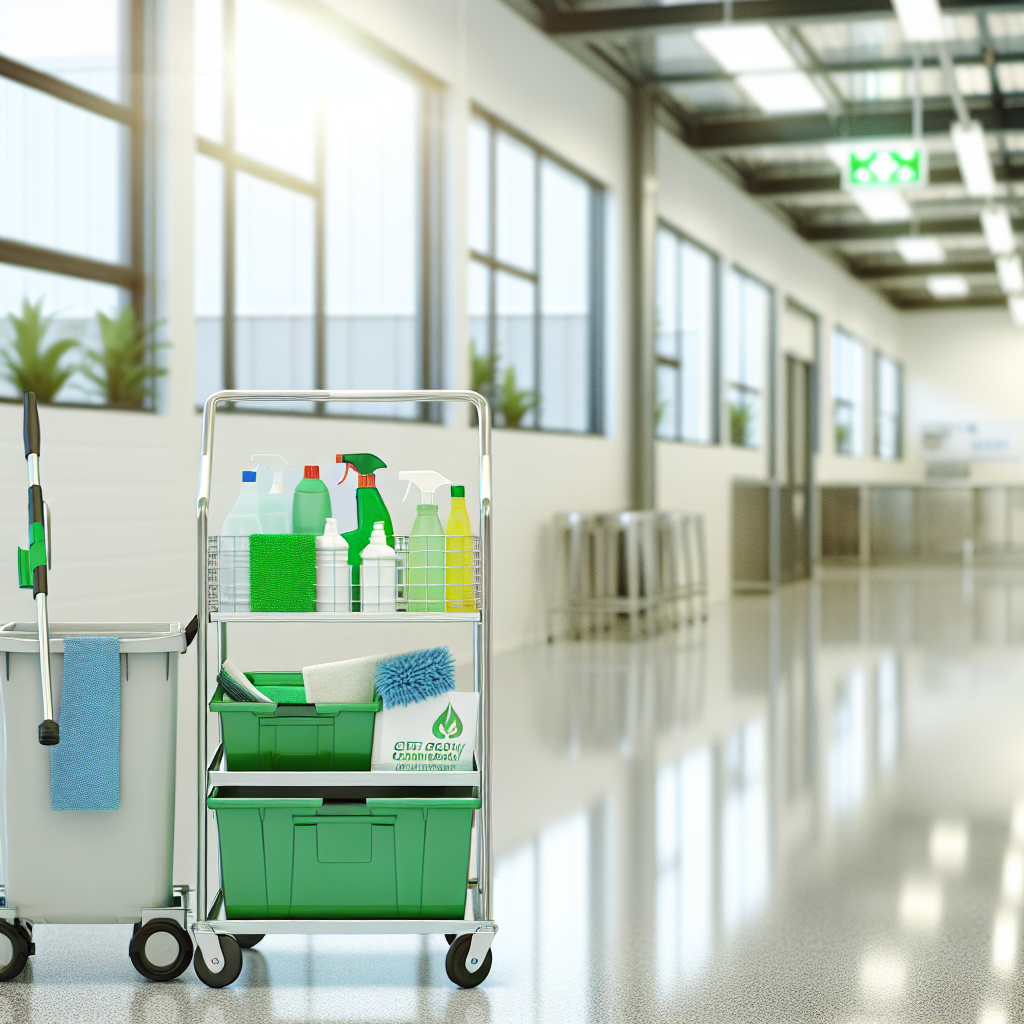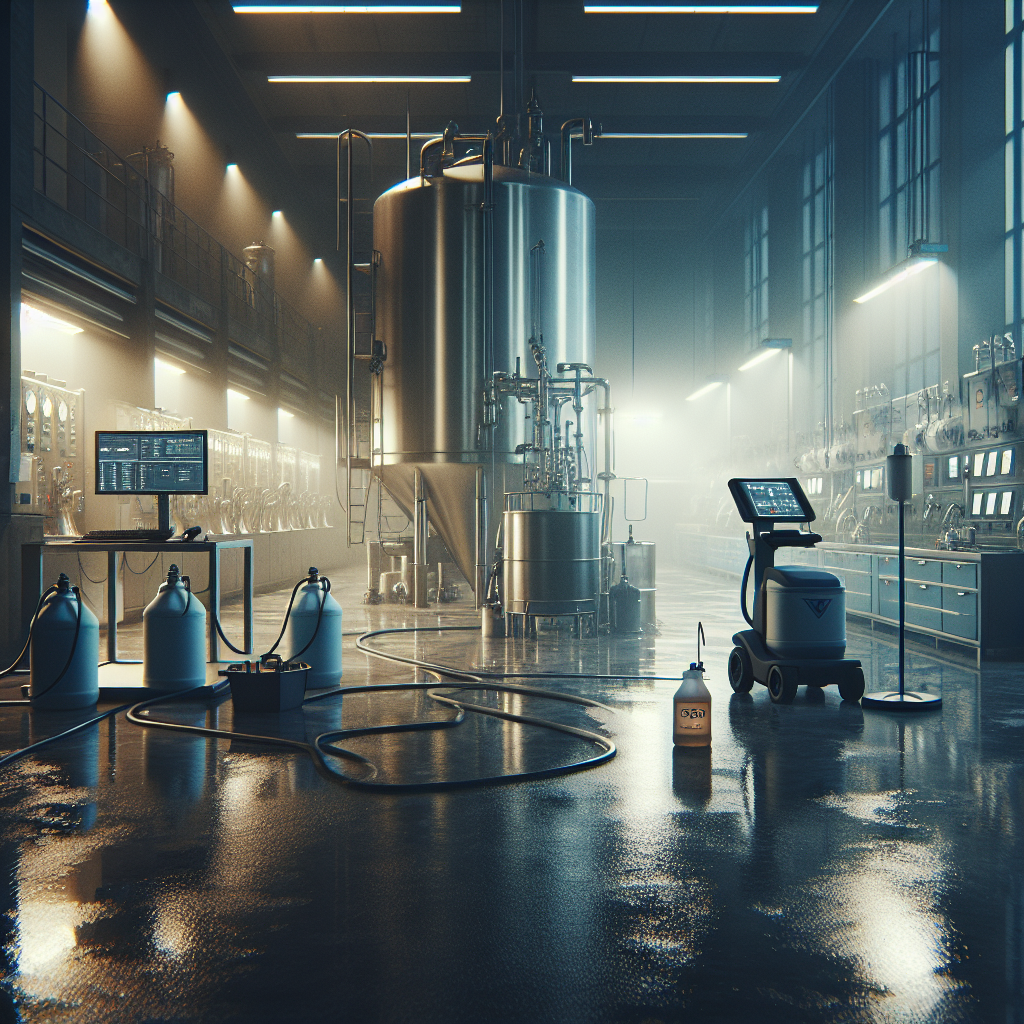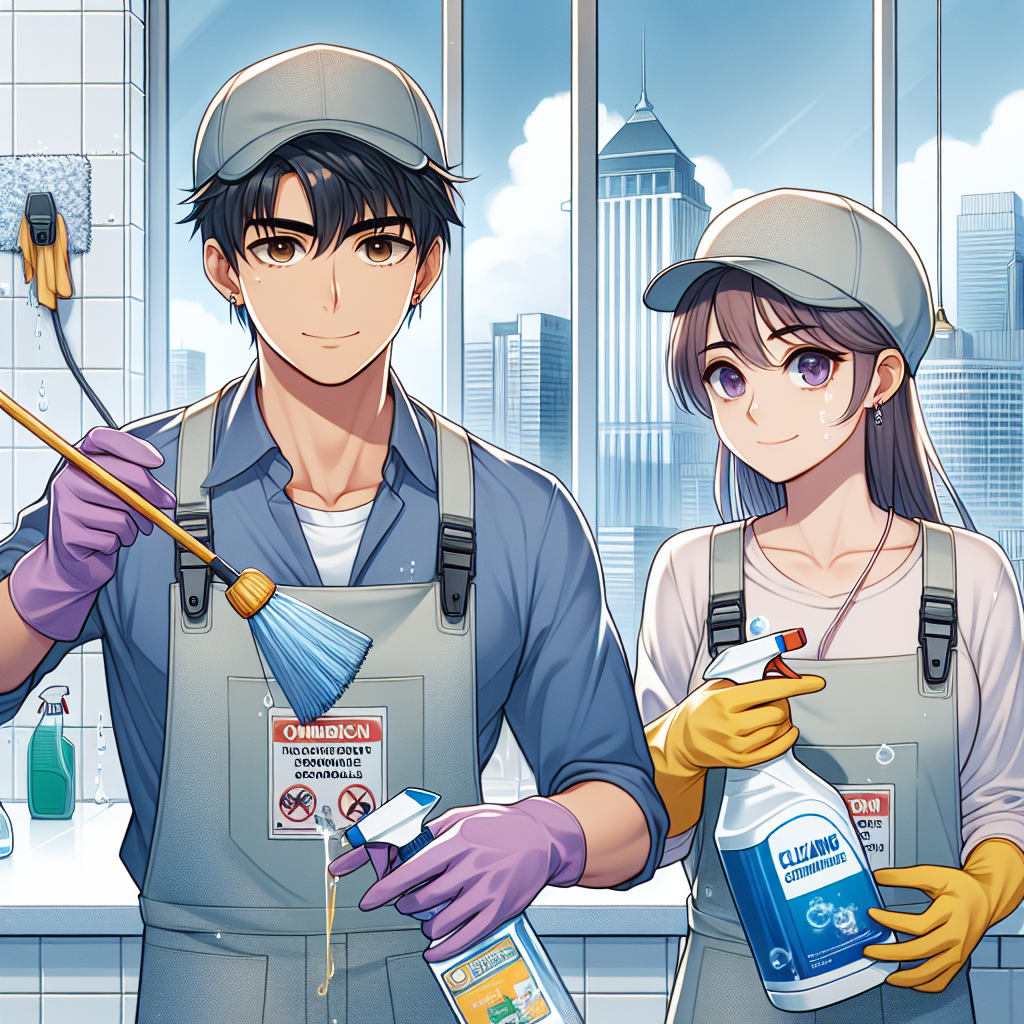Discover the crucial role of chemical compatibility in industrial cleaning to enhance safety and prevent accidents. Learn why mixing incompatible chemicals can lead to toxic fumes, fires, or explosions, endangering personnel and property. Uncover the importance of understanding chemical labels, including signal words like "Danger" or "Warning" that indicate risk levels. Gain insights into checking compatibility information on labels and storing chemicals according to groups to minimize mixing risks. Follow expert advice to always read product labels and safety data sheets for hazard identification. Remember, neglecting chemical compatibility is risky ??? implement best practices to ensure a safe cleaning environment.
Chemical compatibility is not just a buzzword ??? it's a critical factor in ensuring safe cleaning practices in industrial settings. Understanding how different chemicals interact with each other is key to preventing accidents, injuries, and damage to equipment.
Why Chemical Compatibility Matters
When it comes to cleaning large-scale facilities, you're often dealing with a variety of cleaning agents, each designed for specific purposes. Mixing incompatible chemicals can result in toxic fumes, fires, or explosions, posing serious risks to both personnel and property.
Tip: Always read the labels and safety data sheets of cleaning products to identify potential hazards and compatible combinations.
Understanding Chemical Labels
Chemical labels provide valuable information about the product, including its composition, hazards, and recommended uses. Pay close attention to signal words like "Danger," "Warning," or "Caution," as they indicate the level of risk associated with the chemical.
- Check for compatibility information on the label to determine which chemicals can be safely mixed.
- Store chemicals according to their compatibility groups to minimize the risk of accidental mixing.
"Ignoring chemical compatibility is like playing with fire ??? it's only a matter of time before things go wrong."
Pro Tip: Create a color-coded system for labeling chemical containers based on their compatibility groups for easy identification and segregation.
Best Practices for Chemical Handling
Implementing proper chemical handling procedures is essential for maintaining a safe work environment. Train your staff on the importance of chemical compatibility and the risks associated with improper mixing.
- Use dedicated equipment for each type of chemical to prevent cross-contamination.
- Wear appropriate personal protective equipment, such as gloves, goggles, and masks, when handling chemicals.
- In case of accidental exposure, know the proper emergency procedures and have safety showers and eye wash stations readily available.
Testing for Compatibility
When in doubt about the compatibility of two chemicals, perform a simple test before mixing them on a larger scale. Combine a small amount of each chemical in a safe environment and observe for any signs of a reaction.
Tip: Conduct compatibility tests in a well-ventilated area and wear appropriate protective gear.
Conclusion
Remember, chemical compatibility is not something to be taken lightly. By following proper handling procedures, understanding chemical labels, and testing for compatibility, you can ensure a safe and efficient cleaning process in your industrial facility.



